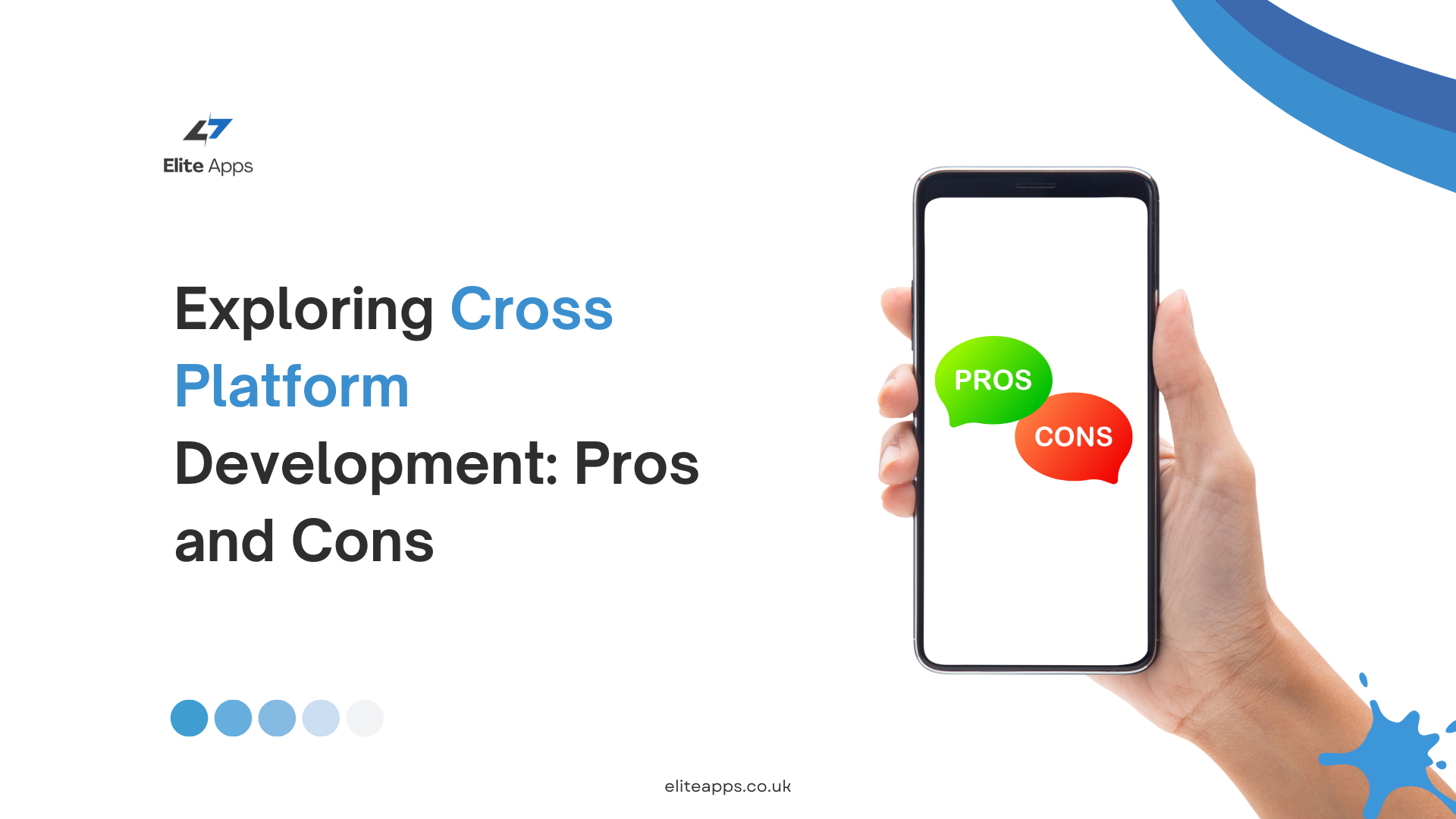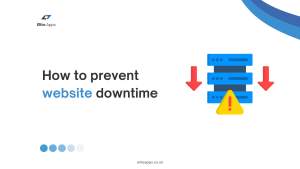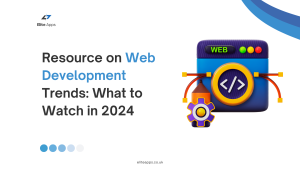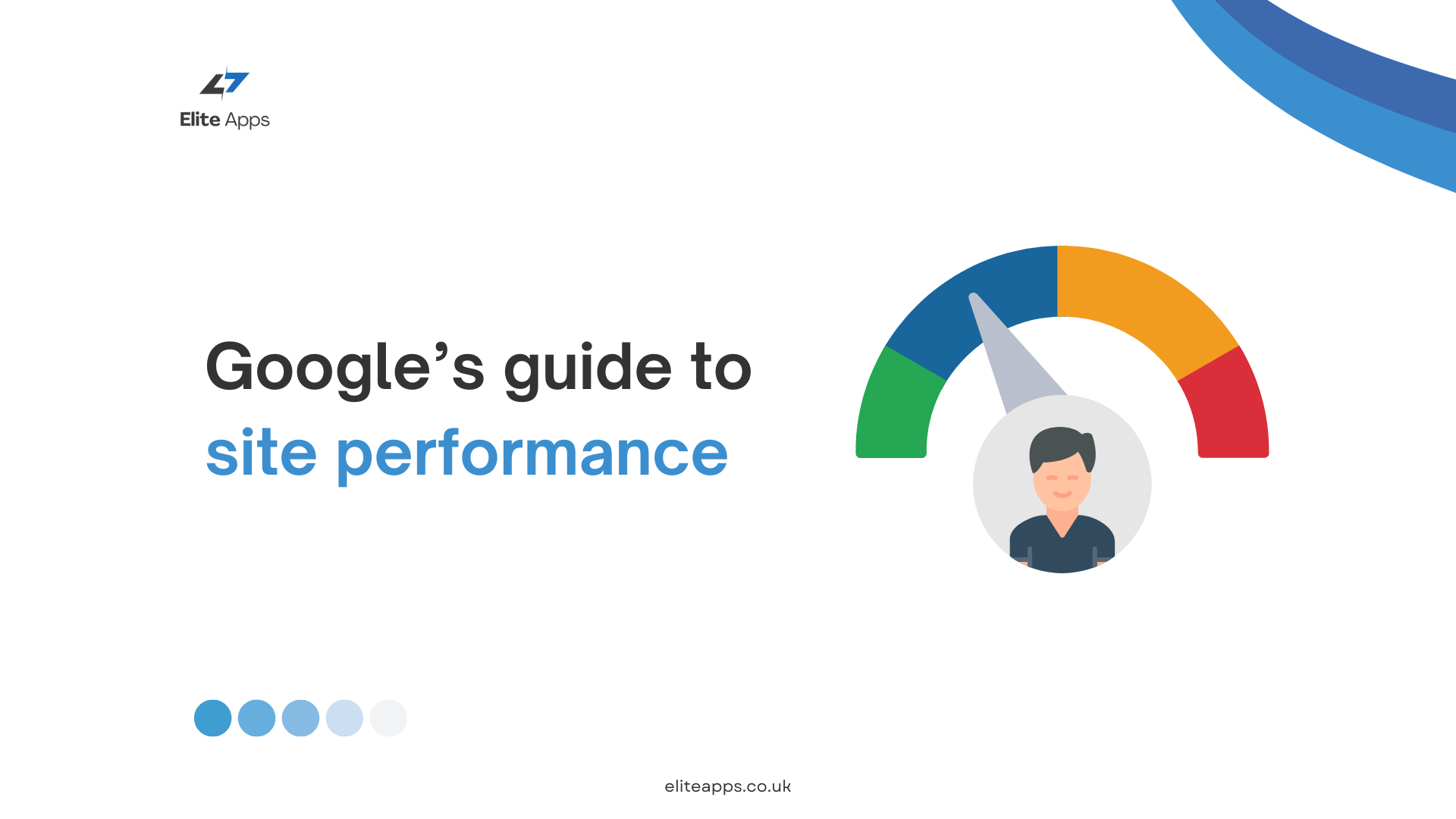Exploring Cross-Platform Development: Pros and Cons
In today’s competitive mobile app landscape, reaching as many users as possible is crucial. Cross-platform development offers a solution by allowing developers to create apps that work on multiple operating systems, such as Android and iOS, using a single codebase. This approach has gained immense popularity due to its efficiency and cost-effectiveness. However, like any development strategy, cross-platform development has its advantages and challenges.
In this blog, we’ll explore the pros and cons of cross-platform development to help you decide if it’s the right approach for your next mobile app project.
What is Cross-Platform Development?
Cross-platform development refers to the creation of mobile apps that can run on different platforms using a shared codebase. Unlike native app development, where developers write separate code for each platform, cross-platform development enables a “write once, run everywhere” approach. Popular frameworks like React Native, Flutter, and Xamarin have made cross-platform app development more accessible and efficient.
Pros of Cross-Platform Development
1. Cost-Effectiveness
One of the biggest advantages of cross-platform development is the potential for significant cost savings. Since a single codebase is used for multiple platforms, development teams don’t need to invest time and resources in building separate apps for Android and iOS.
Benefits:
- Reduced Development Costs: With fewer resources required for building and maintaining apps, companies can save on labor, tools, and infrastructure.
- Faster Development: Developers can work more efficiently by focusing on one codebase, reducing the time it takes to release the app across platforms.
For startups or businesses with tight budgets, cross-platform development is an appealing option to maximize reach without overspending.
2. Wider Audience Reach
Cross-platform apps can reach a broader audience since they are available on multiple operating systems. By targeting both Android and iOS users, businesses can increase their visibility and user base.
Benefits:
- Increased Market Share: Businesses can cater to users across different platforms without needing separate development teams.
- Consistent User Experience: Cross-platform development ensures a consistent user experience across devices, making it easier to maintain brand identity and app functionality.
For businesses looking to scale quickly, cross-platform development allows faster market penetration.
3. Easier Maintenance and Updates
With a shared codebase, updating and maintaining cross-platform apps is much simpler than managing two or more native apps. Fixing bugs or adding new features can be done more efficiently, ensuring users on all platforms receive updates simultaneously.
Benefits:
- Unified Codebase: Any updates or changes need to be made only once, saving time and effort for development teams.
- Streamlined Testing: Testing becomes more manageable as there is only one codebase to debug and optimize, reducing testing time and cost.
The ease of maintenance is one of the reasons cross-platform development is attractive for businesses looking for long-term sustainability.
4. Faster Time to Market
Since developers only need to build one version of the app, cross-platform development can significantly speed up the time it takes to launch an app. Businesses looking to gain a competitive edge can get their product to market faster than if they pursued native development for each platform.
Benefits:
- Accelerated Development Cycle: With a single codebase, the development cycle is shorter, allowing companies to meet deadlines more easily.
- Quicker Feature Deployment: New features or updates can be pushed across platforms at the same time, keeping all users engaged.
For businesses looking to test their app concept quickly, cross-platform development provides a faster route to market validation.
Cons of Cross-Platform Development
1. Performance Limitations
One of the major drawbacks of cross-platform development is that it may not offer the same level of performance as native apps. Since cross-platform apps rely on abstraction layers and third-party libraries to function across multiple platforms, performance may suffer, especially for resource-intensive applications.
Challenges:
- Lag or Slow Response: Cross-platform apps may experience lag or reduced responsiveness compared to their native counterparts.
- Limited Access to Native Features: Although frameworks like Flutter and React Native provide access to many native features, certain platform-specific functionalities may not be available or optimized.
For apps that require high performance, such as complex games or applications with advanced graphics, native development may still be the better option.
2. User Experience Differences
While cross-platform frameworks aim to deliver a consistent user experience, they may not always adhere to the unique design guidelines of each platform. This can result in apps that don’t fully align with the look and feel that users expect on their devices.
Challenges:
- Platform-Specific UX: Android and iOS have different user interface (UI) patterns, and cross-platform apps may struggle to provide an optimized experience for both platforms.
- Compromised Design Consistency: Sacrifices may need to be made in order to maintain compatibility, resulting in a less polished experience compared to native apps.
For apps where user experience is critical, native development may provide more flexibility to create platform-specific designs.
3. Limited Access to Advanced Platform Features
Cross-platform development frameworks offer a range of tools for accessing device features such as the camera, GPS, or push notifications. However, there may be cases where developers need deeper access to advanced platform-specific features, which cross-platform solutions might not fully support.
Challenges:
- Delayed Feature Updates: New platform updates or features may take longer to be supported by cross-platform frameworks.
- Workarounds for Native Integration: Developers may need to write native code for certain functionalities, which can defeat the purpose of a shared codebase.
For apps that rely on cutting-edge features unique to specific platforms, native development might still be necessary.
4. Framework Dependency
Cross-platform development relies heavily on third-party frameworks like React Native or Flutter. While these frameworks are robust and well-supported, there is a risk of becoming dependent on them. Changes or limitations in the framework can affect the app’s performance, maintenance, or future scalability.
Challenges:
- Framework Obsolescence: If a cross-platform framework becomes outdated or loses support, migrating to another solution can be costly and time-consuming.
- Limited Community Support: Although popular frameworks have large communities, they may still lack the level of support or documentation that developers need to resolve complex issues.
For businesses looking for long-term scalability, relying on a third-party framework may pose risks if the framework’s development slows down or its ecosystem weakens.
Conclusion
Cross-platform development is an appealing solution for businesses looking to reach a wider audience quickly and cost-effectively. With frameworks like Flutter and React Native, developers can build apps that work across multiple platforms, offering users a consistent experience while saving time and resources. However, cross-platform development also comes with trade-offs, particularly in terms of performance, access to platform-specific features, and user experience.
Ultimately, the decision between cross-platform and native development should be guided by the app’s specific needs, the desired user experience, and long-term business goals. For apps that require high performance and deep platform integration, native development might still be the better choice. For businesses looking for speed, efficiency, and a wider reach, cross-platform development offers significant advantages.
Want to explore more about mobile app development strategies? Check out our other blogs on hybrid app development, UI/UX design principles, and essential features for successful mobile apps!








